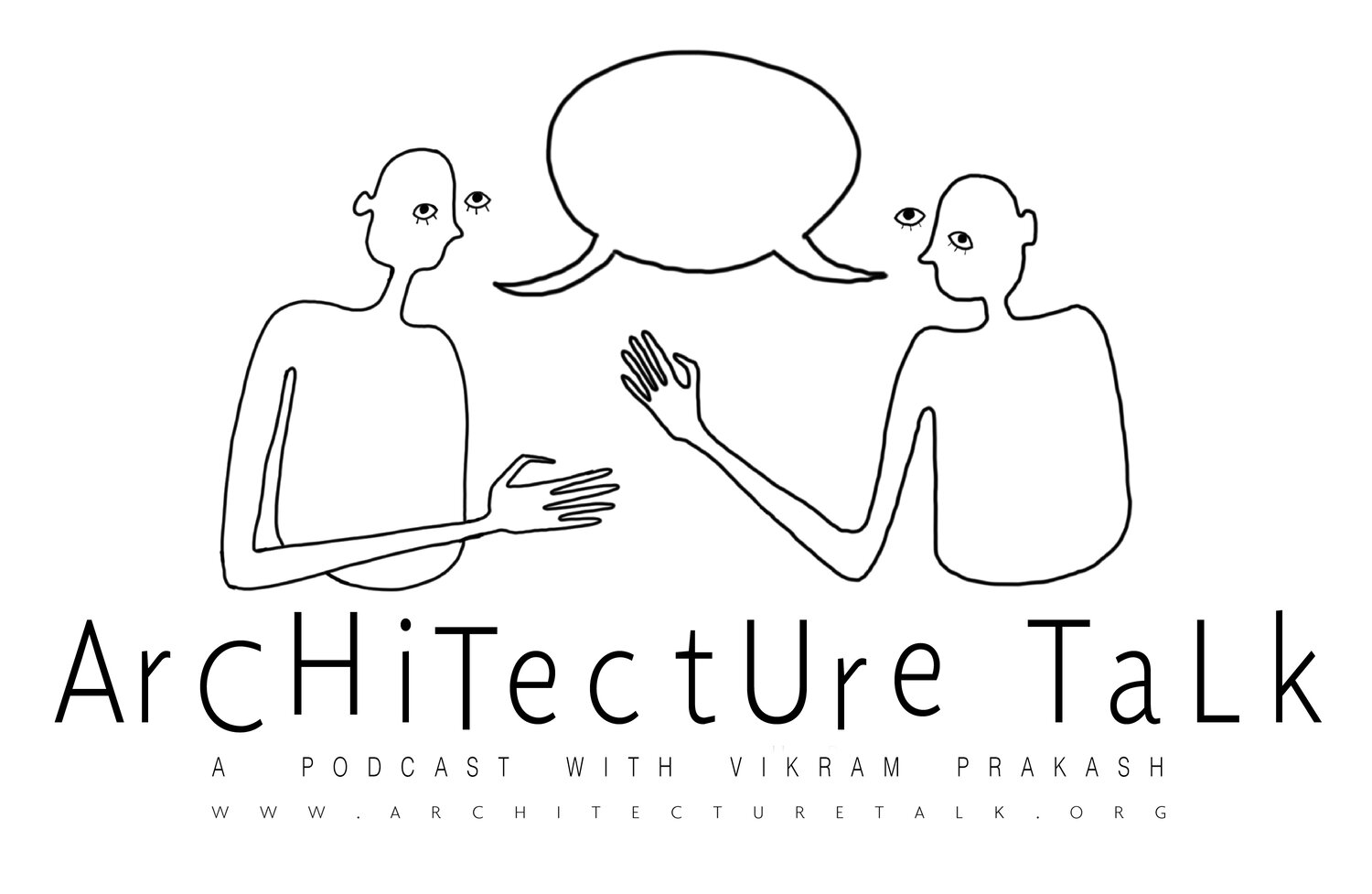126. Moving Beyond the Post-Colonial and the Mythological West with Martino Stierli
Original Drawing by Tori Haynes
“The symbolic meaning attributed to modern architecture has changed dramatically from past periods to now…many of us have lost belief in the promises that were connected to these buildings. Many have been disillusioned, many have been disappointed…many of the political leaders who were the carriers of these hopes have disappointed us and have perverted the original ideas that they had originally stood up for…”
Martino Stierli
This week, we talk with Martino Stierli, MOMA’s Philip Johnson Chief Curator of Architecture and Design, about MOMA’s current exhibition entitled The Project of Independence: Architectures of Decolonization in South Asia, 1947–1985.
Timestamp Outline
1:00 “What was the driving concept behind this exhibition? What was your personal interest in it?” VP
2:30 The exhibition focuses on the first generation of architects who were active post-independence as opposed to architects from abroad, like Louis Kahn or Le Corbusier. “The
focus of the exhibition was really on this first generation of architects who were actively engaged in giving shape and form to the newly independent societies in which they were working…we were also interested in foregrounding the notion that architecture served as an active agent in the transformation…of these newly independent societies in their quest for self-determination.” MS
4:45 “Is this special to midcentury modernism or postcolonial modernism this idea of architecture as an integral part of nation-building? Or is it something specific to the political circumstances of South Asia? What have you learned in this process?” VP
6:30 “Modernist architecture, sometimes called Brutalist architecture, very much becomes the signifier of the social democratic project of that period.” MS
8:00 Discussion of the connection between political ideology and architecture
9:30 Discussion of the radical embrace of Modern architecture to create something entirely new
12:40 Between earlier exhibitions of Modern Architecture in Latin America and today’s exhibition on South Asia, what is the continuity of differences between them? VP
14:00 discussion of geopolitics and orientalism in MOMA’s global exhibitions and how this exhibition is destabilizing the Western Cannon of architecture
15:40 Kids of Modernism
16:00 What is your personal motivation for looking at South Asian architecture?
20:00 “Architecture seems to have a hold on expansive political imagination…and it can have so many valences…” VP
21:30 “The symbolic meaning attributed to modern architecture has changed dramatically from past periods to now…many of us have lost belief in the promises that were connected to these buildings. Many have been disillusioned, many have been disappointed…many of the political leaders who were the carriers of these hopes have disappointed us and have perverted the original ideas that they had originally stood up for…” MS
24:30 The delegitimizing turn
26:40 Postmodernist critique of the modernist project
31:00 “Nothing can be done but anything is possible.” VP
31:20 Discussion of the challenges of putting this exhibition together
36:40 “It was important to make sure that this exhibition wasn’t seen as an imposition of the West…” MS
37:00 Postcolonial theory and the culture of Modernity
37:30 Material Culture of Modernism in South Asia
39:50 Polyphony







